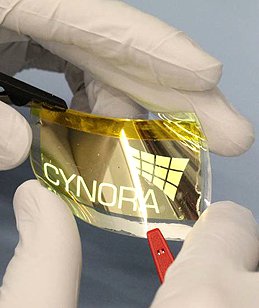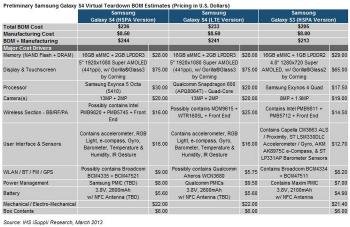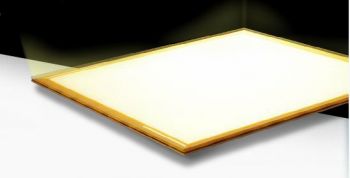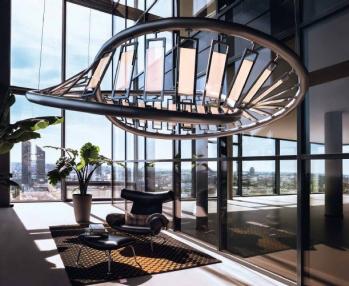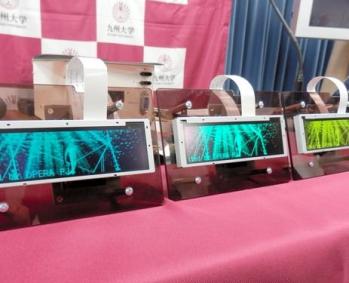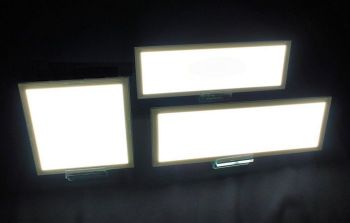Ason Technology show their MPE OLED lighting panels
Ason Technology was established in 2006 in Japan to develop OLED lighting technologies. The company finally unveiled their first OLED lighting panel during the FPD International 2013 exhibition last month.
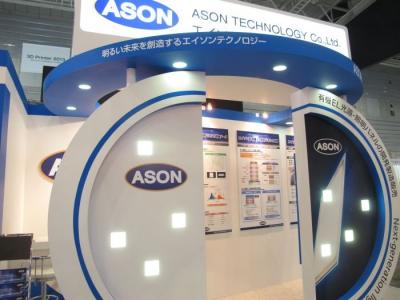
Ason's panel use Multi-Photo-Emission (MPE), which is a stacked emitter architecture, which is also used by Lumiotec. Usually MPE panels use about 3 layers, but Ason managed to stack 10 or more emitting layers which enables them to reach a very high brightness and CRI. Ason also developed their own diffusion reflection layer so that the emitted color does not change even when viewed from different angles.



